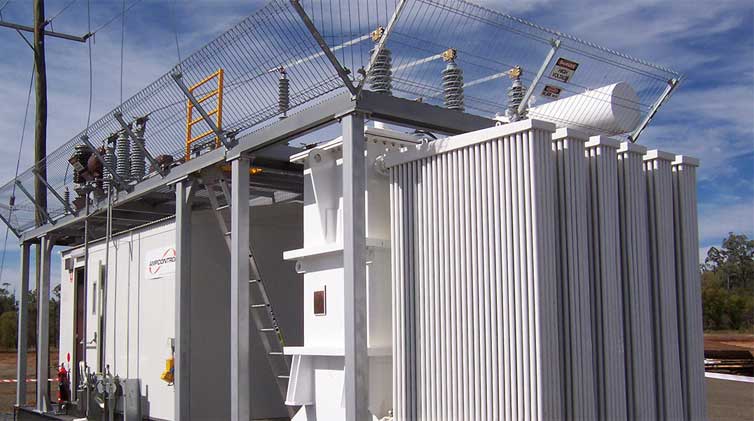Insulation Grade and Temperature Standards of Oil-Immersed Transformers
Under normal circumstances, either oil-immersed transformers or dry-type transformers can be used, such as independent or annexed substations in industrial and mining enterprises, agriculture, and residential areas. Transformers that can be selected include S8, S9, S10, SC(B)9, SC(B)10, etc.
1. Insulation Level ofOil-immersed Transformers:
The insulation level refers to the temperature, not the concept of insulation strength, but the standard for allowable temperature rise, which means the insulation level refers to the heat-resistant level of the insulation material used, which is A, B, E, F, H, and C. Oil-immersed transformers have A-level, with the highest operating temperature of 105℃, which is the oil-immersed type. Dry-type transformers have F-level (epoxy resin), the highest operating temperature is 155℃. There are also dry-type transformers made of NOMEX insulation materials with H-level (the highest operating temperature of 180℃) and C-level (the highest allowed operating temperature of 220℃). E and B are used to manufacture motors, and the temperature is determined by the insulation material.
2. Temperature Standards of Oil-immersed Transformers:
1) Generally, the relative temperature rise of the winding of oil-immersed power transformers compared to the surrounding air of the transformer is controlled within 65K. This refers to the average temperature rise of the winding, not the hottest spot temperature rise, and is considered based on A-level insulation levels. However, it is generally designed to be controlled below 65K when manufacturing oil-immersed transformers.
2) The standard regulations for oil-immersed transformers stipulate that the maximum annual average temperature of the environment is 20℃, the maximum monthly average temperature is 30℃, and the highest temperature is 40℃.
3) Usually, the winding temperature cannot be detected by users. However, the temperature of the top layer of oil can be detected. Therefore, the manufacturing factory of transformers specifies a top layer temperature rise of 55K for the oil, when of course, the winding temperature rise is controlled below 65K.
4) Therefore, the operating department stipulates that regardless of the ambient temperature, the top layer temperature of oil-immersed transformers cannot exceed 85℃. This can ensure that the hottest spot temperature of the transformer winding does not exceed 98℃, and the average temperature of the winding does not exceed 85℃. Under this condition, the life of the transformer is 20 years. The temperature of the oil in oil-immersed transformers during operation should consider that the transformer oil is not deteriorating too fast. The transformer oil will give an alarm when it reaches 85℃, and the breaker of the transformer will trip when the highest temperature reaches 95℃.
Jump to Content Sections
Leave a Message
You May Also Like
 English
English  français
français  Español
Español  русский
русский  العربية
العربية  tiếng việt
tiếng việt  Malay
Malay  Indonesia
Indonesia  বাঙালি
বাঙালি 


